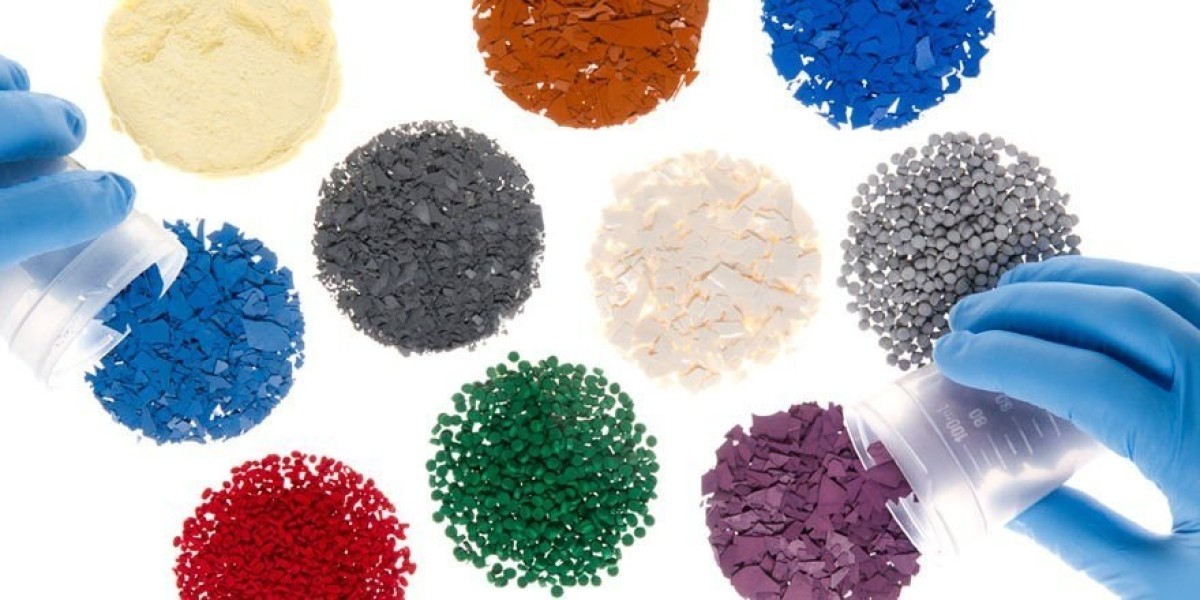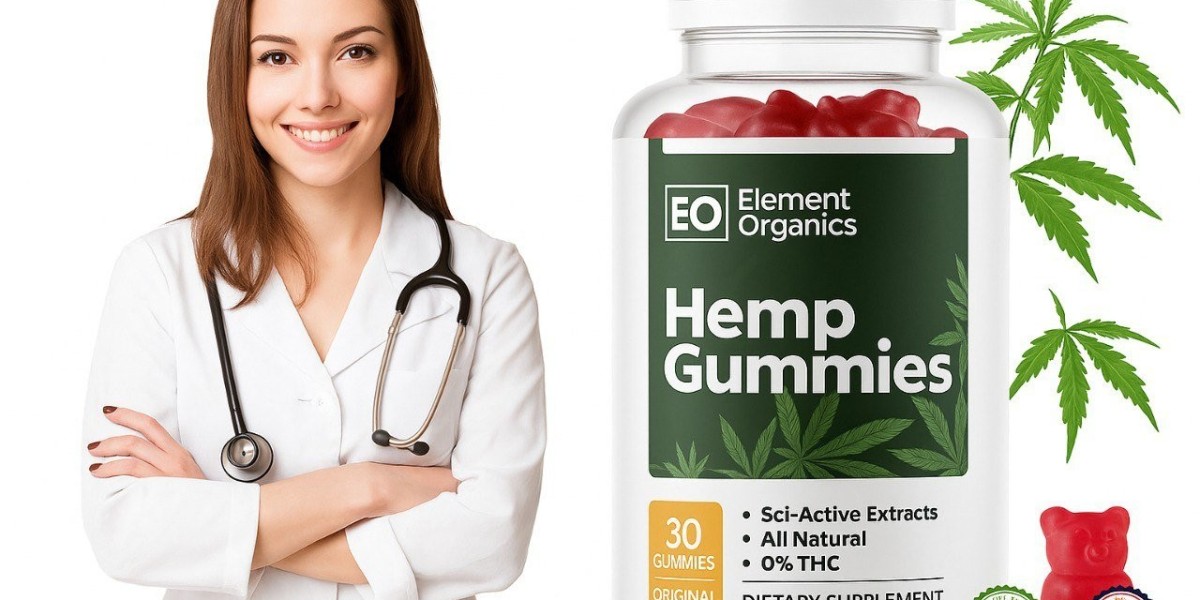From the silky feel of a premium shampoo to the softness of freshly laundered clothes, conditioning polymers are the unsung heroes behind some of our most familiar sensory experiences. These specialized macromolecules are engineered to deposit on surfaces like hair strands or textile fibers, modifying their properties to impart softness, manageability, static control, and shine. The global conditioning polymers market is a dynamic and essential segment of the specialty chemicals industry, experiencing steady growth driven by evolving consumer demands, technological innovation, and a strong push toward sustainability.
What are Conditioning Polymers and Where are They Used?
Conditioning polymers are a class of water-soluble or dispersible polymers designed to adsorb onto substrates. Their primary function is to improve aesthetics and performance. The market is broadly segmented by type and application.
The most common types include:
Cationic Polymers: These hold a positive charge, allowing them to effectively bind to negatively charged surfaces like damaged hair or cotton fibers. They are the workhorses of rinse-off conditioners and fabric softeners. Examples include Polyquaternium compounds and Guar Hydroxypropyltrimonium Chloride.
Silicone Polymers: Prized for their unparalleled ability to provide slip and shine, silicones like Dimethicone and Amodimethicone are staples in high-performance hair care products.
Other Specialty Polymers: This includes non-ionic and anionic polymers used for specific functionalities like humidity resistance or as conditioning agents in clear formulations.
In terms of application, the market is dominated by:
Hair Care: The largest application segment, encompassing shampoos, conditioners, hair masks, and styling products. Demand is fueled by consumer desire for multifunctional products that offer repair, anti-frizz, and heat protection.
Skin Care: Used in lotions, creams, and cleansers to provide a smooth, non-greasy after-feel and improve skin moisturization.
Fabric Care: A major segment where cationic polymers are key active ingredients in liquid fabric softeners and dryer sheets.
Other Applications: Including oral care (toothpaste mouthfeel) and industrial applications.
Key Market Drivers and Trends
Several powerful forces are shaping the trajectory of the conditioning polymers market.
The "Premiumization" of Personal Care: Consumers are increasingly seeking professional-grade, salon-quality results from their at-home products. This drives demand for advanced, high-performance polymers that can deliver on promises of intense repair, color protection, and long-lasting effects.
The Rise of Multifunctionality: Formulators are under pressure to create products that do more with less. There is a growing preference for polymers that offer conditioning benefits alongside other properties, such as UV protection, thickening, or even antimicrobial effects, simplifying formulations and reducing ingredient lists.
The Unstoppable Natural and Sustainable Wave: This is arguably the most significant trend. Consumers are scrutinizing labels for "clean," biodegradable, and naturally derived ingredients. This has led to a surge in demand for:
Bio-based and Natural Derivatives: Polymers derived from guar gum, cellulose, and starch are gaining immense popularity.
Silicone Alternatives: While effective, some silicones face criticism for perceived environmental persistence. This has spurred innovation in next-generation eco-friendly conditioning agents that mimic the sensory properties of silicones without the environmental concerns.
Biodegradability: A key purchasing criterion for many brands, leading polymer manufacturers to invest heavily in developing readily biodegradable alternatives to traditional synthetic options.
Innovation in Textile Care: The shift toward concentrated liquid detergents and unit-dose formats requires conditioning polymers that are compatible and effective at lower dosages. Furthermore, the trend for colder wash cycles necessitates polymers that perform effectively without the heat traditionally used to activate them.
Challenges and Regional Outlook
The market is not without its challenges. Fluctuating prices of raw materials can impact production costs and profit margins. Furthermore, the stringent and evolving regulatory landscape, particularly in North America and Europe (REACH, FDA), requires continuous compliance efforts from manufacturers.
Regionally, Asia-Pacific stands as the largest and fastest-growing market, fueled by a rising middle class, increasing disposable income, and strong demand for personal care products in countries like China, India, and Japan. North America and Europe remain significant, mature markets characterized by a high degree of innovation and a rapid adoption of natural and sustainable ingredients. Latin America and the Middle East & Africa are also emerging as promising regions with growing potential.
The Future is Conditioned for Growth
The conditioning polymers market is poised for continued expansion. Its growth is intrinsically linked to the fortunes of the fast-moving consumer goods (FMCG) industry. Future success will belong to manufacturers who can successfully navigate the dual path of performance and sustainability. Innovation will focus on creating smart, multifunctional, and eco-conscious polymers that meet the sophisticated demands of modern consumers and the rigorous standards of a planet-conscious world. As long as the desire for soft, manageable hair and comfortable, fresh fabrics exists, the conditioning polymers market will remain a vital and evolving industry.






